Farmers from key agricultural regions of India have been on the march towards the national capital, Delhi. Dubbed the Delhi Chalo farmer’s protests, here is a primer on the farmer’s concerns and their fight for their farmland.
For the past three months, farmers have led protests in their respective states of Haryana, Punjab, Rajasthan and Uttar Pradesh. That has then culminated into Delhi Chalo, a five day march which took place in the last few days to protest the Indian government’s three new legislations: The Farmer’s Produce Trade And Commerce (Promotion & Facilitation), The Farmer’s (Empowerment And Protection) Agreement Of Price Assurance and Farm Services And The Essential Commodities (Amendment). The Delhi Chalo march is comprised of various national and regional farm unions all under the banner Samyukt Kisan Morcha.
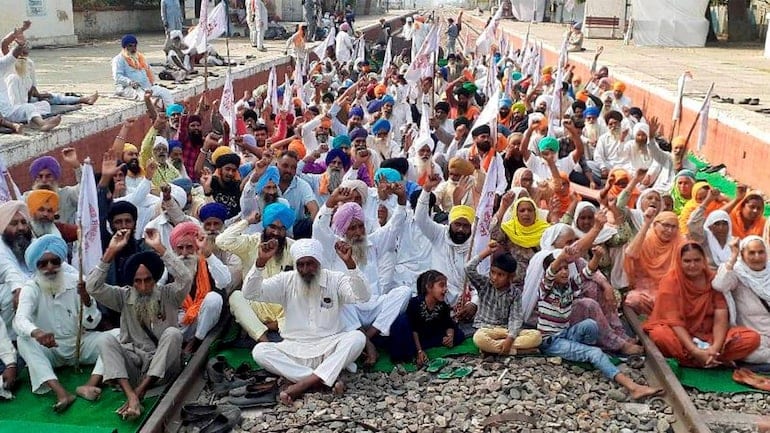
Fight The Power
The agricultural sector is very much engrained in the Indian culture and woven in the fabric of the nation. The farming/agricultural industry employs more than half of the country’s 1.3 billion people and contributes nearly 15% to India’s $2.9 trillion USD economy. What concerns the farming community is that the three legislative acts that have been introduced back in September, are widely seen as “anti-farm” because it eliminates the security of India’s Agricultural Produce Market Committee (APMC) mandi regulatory system, thereby leaving the crop prices and farmers being subject to predatory exploitation from the private sector.
Farmers raised their concerns to their respective state governments, which fell on deaf ears. Local protests then sprung up across the farming states throughout September and October, which included farmers blocking railway lines and roads across numerous states including in Punjab and Haryana which are the biggest producers of wheat and rice. As weeks passed, the numbers grew and by the end of November the protesters included 265 farmer unions with various opposition political parties joining in on the fight with protests happening in thousands of locations across India.
Their demands included asking the Union government to either banish the three acts of legislation or introduce a new law which would guarantee them a minimum price for their crops among 21 other conditions including free electricity for their farms, forgiveness of dues by the sugar mills and more. Their destination at hand was Delhi eventually camping out at the border of Delhi and Haryana where the police awaited them. The tens of thousands of farmers were then tear gassed and subjected to water canons in the police’s attempt to disperse the crowd. While a shocked world watched.
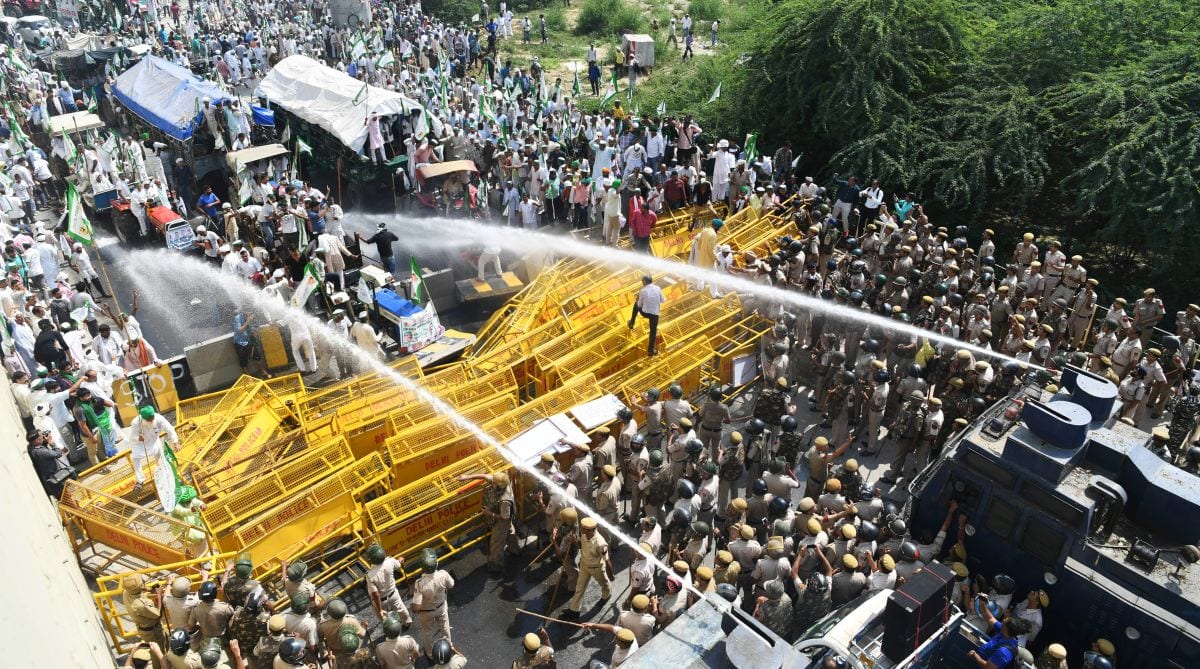
Strength In Numbers
According to organizers there were approximately protests in at least 20,000 locations across the country. This led to a nation-wide general labour strike on November 26th, comprised of a staggering 250 million workers from various other organizations and worker’s unions stepping up to back the farmers’ cause. The date coincided with the protesters arrival at the border of Delhi.
The ongoing violence and arrests of the peaceful protesters and the overall fight of the farmers sparked outrage and solidarity on social media with various South Asian celebs including Rupi Kaur and Lilly Singh voicing their support and concern for the Indian farmers. Even this as recent as this morning, Canadian Prime Minister Justin Trudeau during his address to mark Guru Nanak Gurpurab remarked that the situation in India is “very concerning … Let me remind you, Canada will always be there to defend the rights of the peaceful protestors”. His statement has received condemnation by the Indian government calling remarks by the the Canadian Prime Minister “unwarranted”.
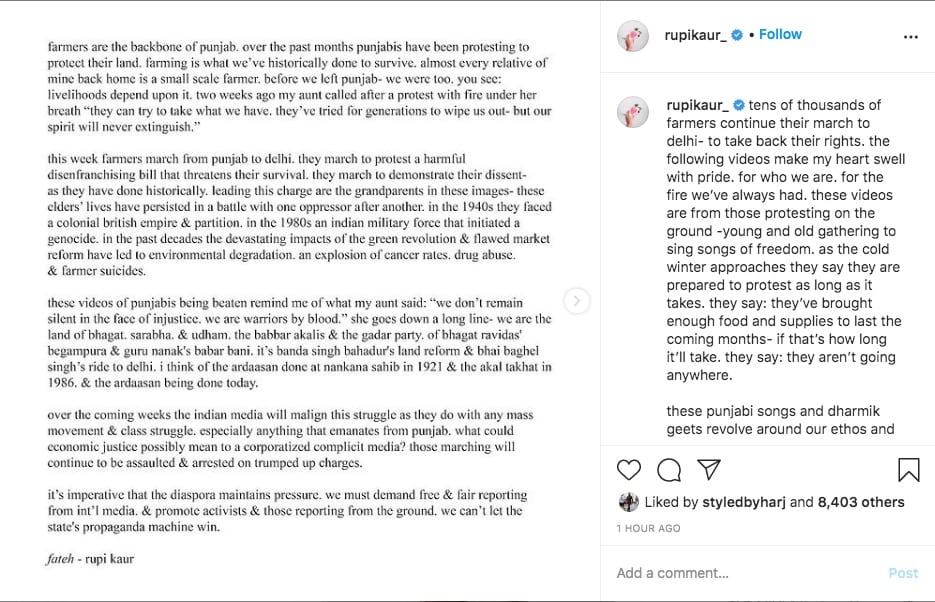
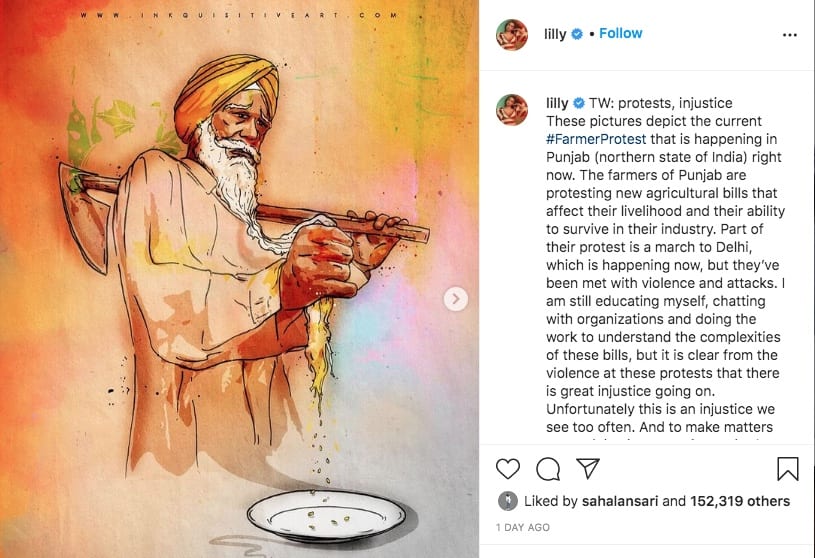
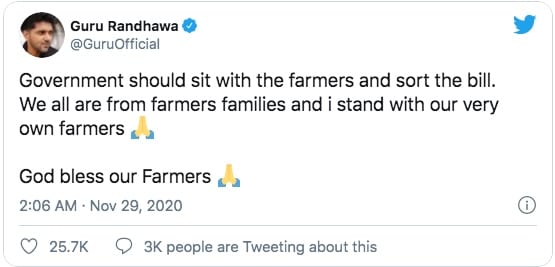
More photos from the nationwide march:
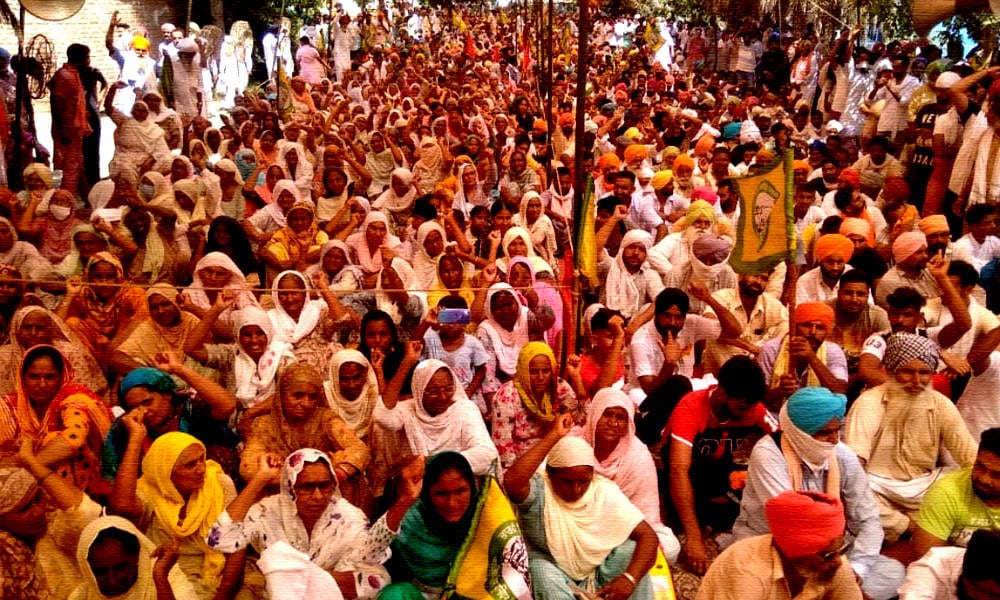
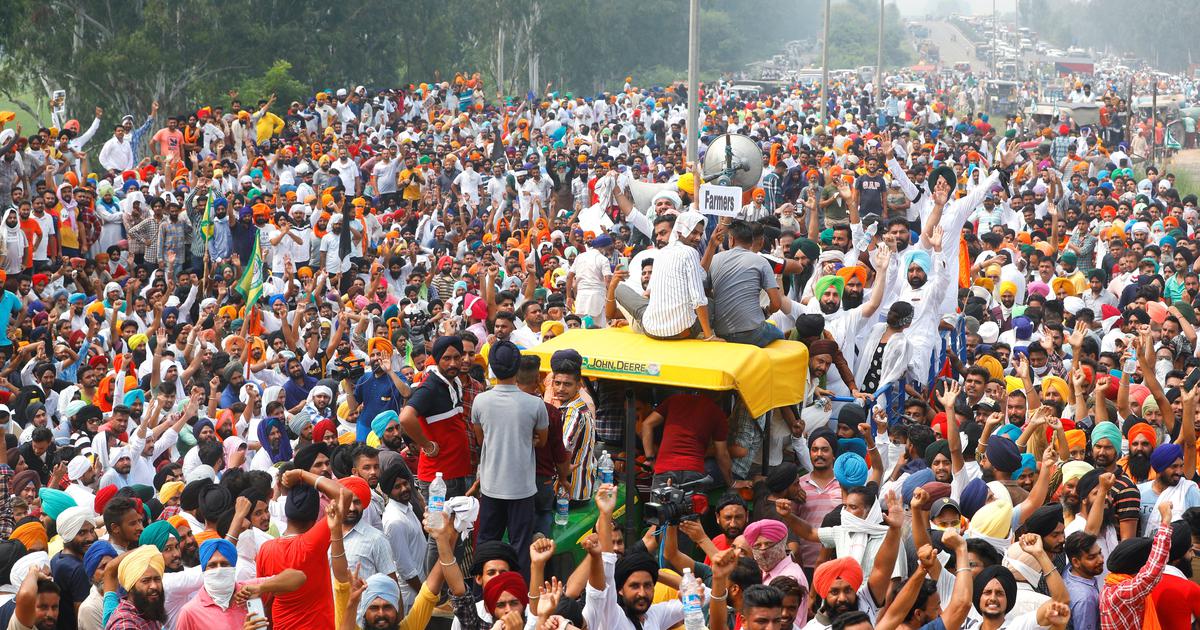
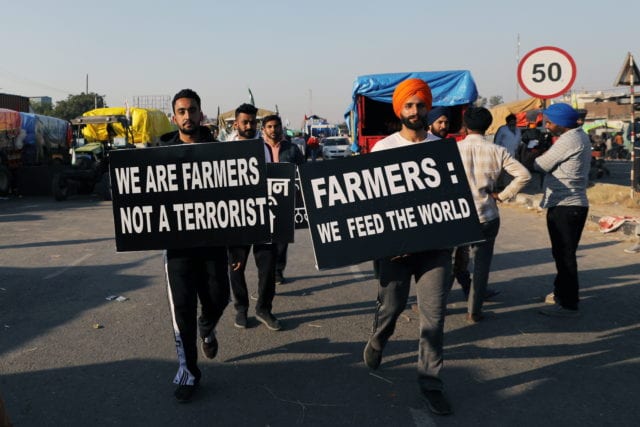
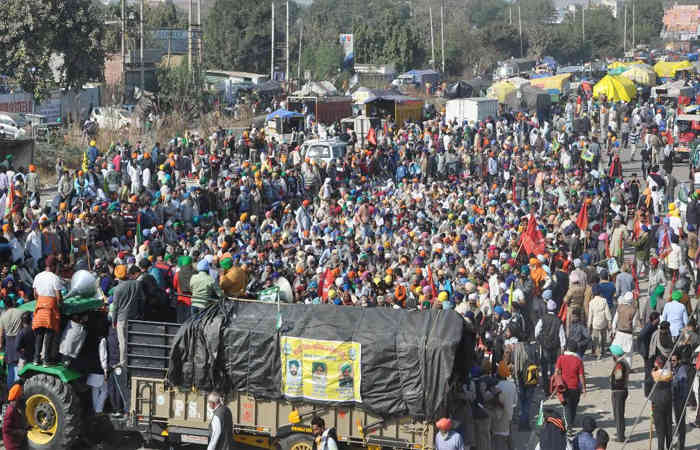
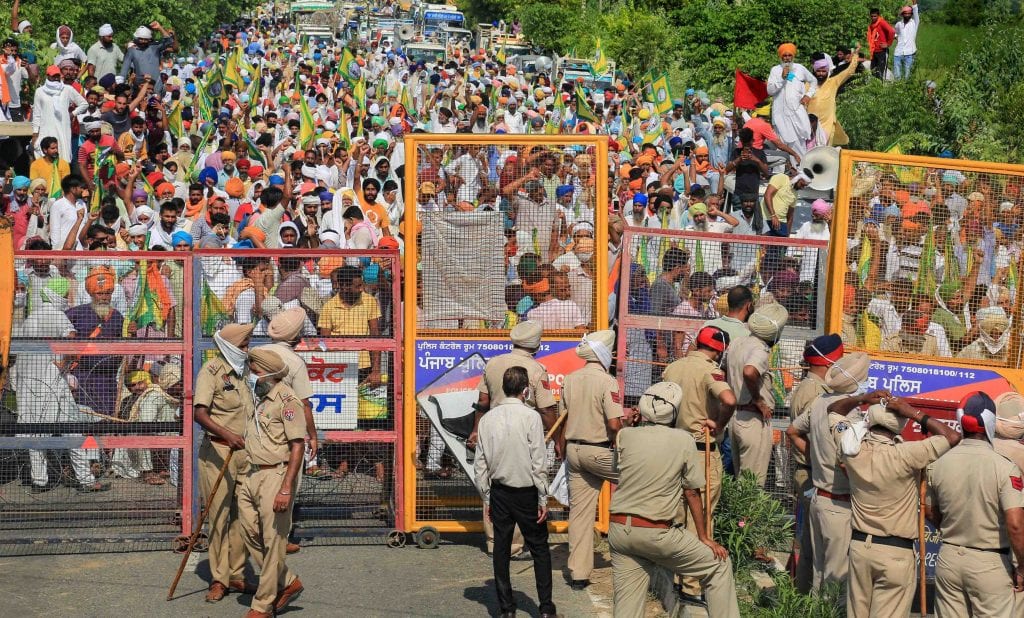
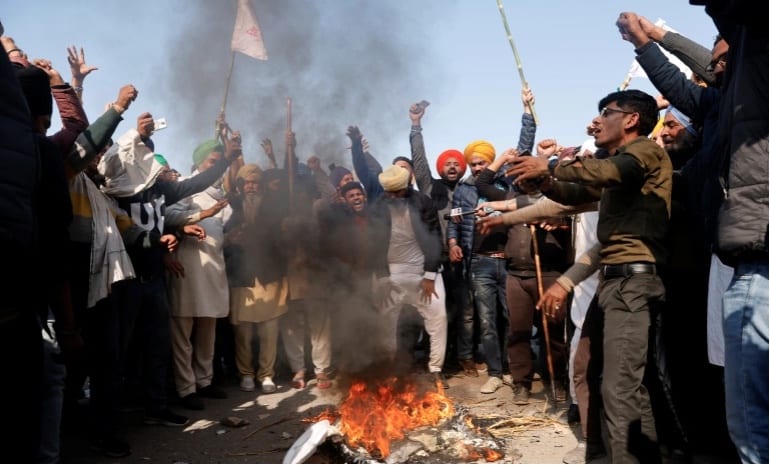
The Update
As of today, while tens of thousands of people continue to camp outside the borders of Delhi, the Indian government has publicly acknowledged that they will be open to talks with the farmers. The farmer’s have five additional demands that they want to present bring to the Government’s attention, according to Jigender Singh from Bhartiya Kisan Ekta Unio which include a call to ban fines for crop burning and establishing a Minimum Support Price. There will be a 35 person delegation representing all the farmers who will be attending the talks later today.
The five-day protest has shaken Prime Minister Modi who has been assuring the protesters that this reform is actually beneficial to the farmers. He is also expressed his concerned for the agricultural sector and their incredible contributions they has made to the nation’s overall economy. During a rally on Monday he expressed his concerns that the farmers are being sold a false narrative and are being played as pawns by the opposition party who in his words “for decades have misled them”. Meanwhile Opposition Leader Rahul Gandhi tweeted “Our farmers are standing up against the black laws and have reached Delhi, leaving their farms and families behind. Do you want to stand with them or with Modi’s capitalist friends?”.
Hopefully this will be the beginning of many meetings and a journey towards a positive result. Regardless, the Delhi Chalo march is another example of the power of the protest. One of many that has marked this unique year.
Main Image Photo Credit: www.24×7-breakingnews.blogspot.com
Hina P. Ansari
Author
Hina P. Ansari is a graduate from The University of Western Ontario (London, Ontario). Since then she has carved a successful career in Canada's national fashion-publishing world as the Entertainment/Photo Editor at FLARE Magazine, Canada's national fashion magazine. She was the first South Asian in...













































































































